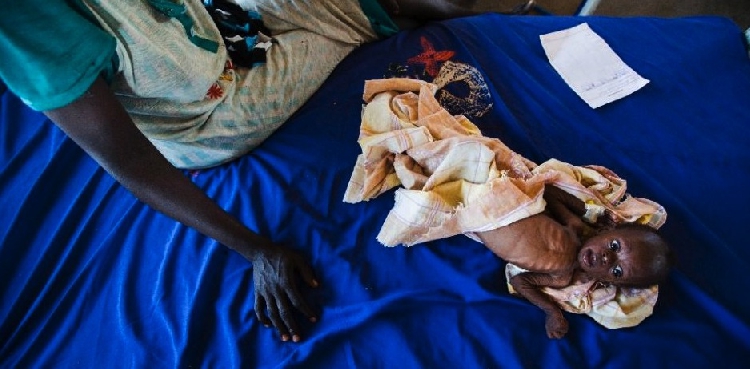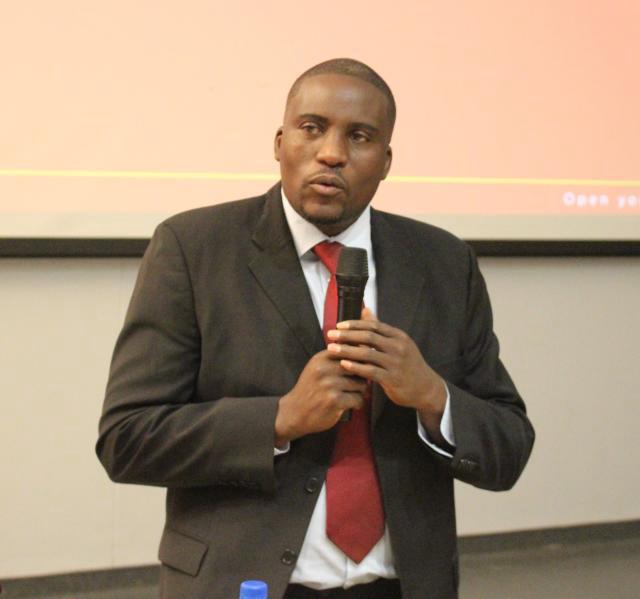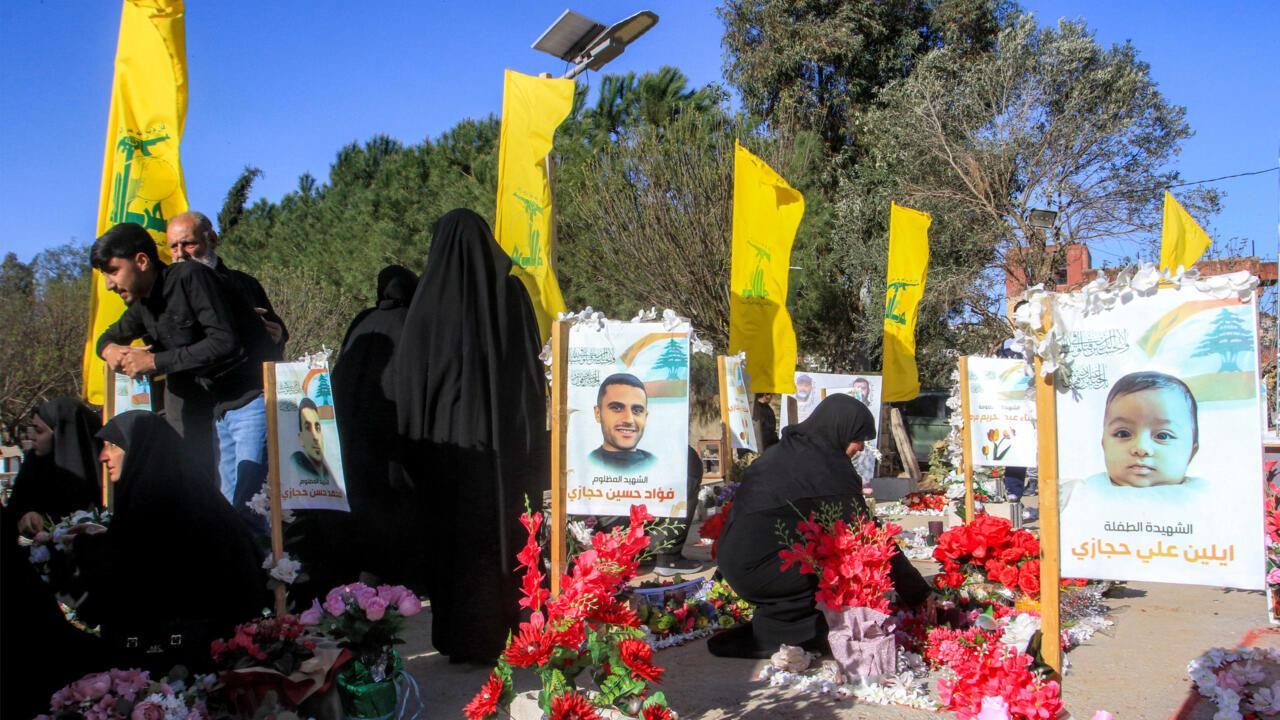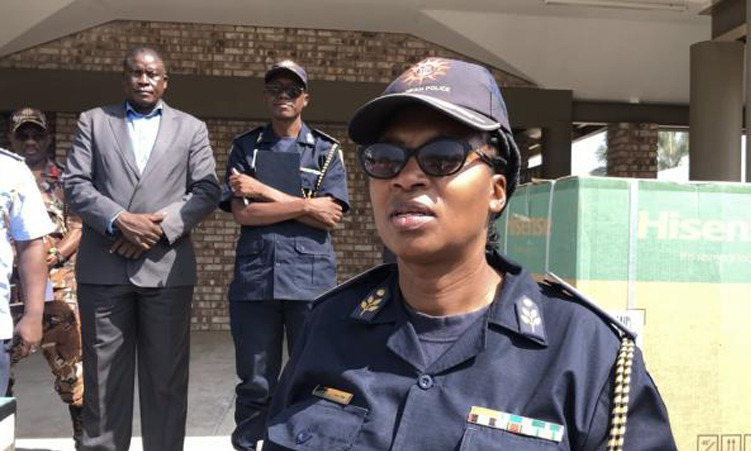NAIROBI — The many ways people have died during South Sudan’s two-year civil war are well-documented, but the number killed is unknown.
Men, women and children have been shot, speared, burned, hung, drowned, run over, suffocated, starved and blown up, their corpses abandoned where they fell, bulldozed into mass graves or, in at least one case, eaten in ritual cannibalism.
But the UN has stuck to a guesstimate of 10 000 dead in the early months of the war, even as the killing escalated and spread across the country.
A year into the war, in November 2014, the International Crisis Group (ICG) which has closely tracked the fighting, told AFP at least 50 000 had died.
This month, the UN finally caught up, quoting the same figure, but over a two-year span.
Sudan expert Eric Reeves, a professor at Smith College in the US, said failure to count the dead was a failure of morality.
“If we give up on establishing mortality estimates, we are, in one way or another, saying that the lives don’t really count,” he told AFP.
Aid workers and officials who did not want to speak on the record said the true figure might be as high as 300 000 – a figure comparable to the number killed in Syria during five years of fighting.
“The level and intensity of violence has been above and beyond what we have seen almost anywhere else,” said one worker for an international aid agency which operates in multiple conflict zones, and who asked not to be named. Over 30 aid workers have been killed since war broke out in December 2013.
The minimum figure of 50 000 is of those killed in direct conflict, but if those killed as a consequence of war are included, the numbers skyrocket.
That would include starvation from aid blockades, such as the 40 000 people the UN warned last month were in ‘catastrophic’ conditions – potentially famine, if the areas were not too dangerous to gather the data needed to declare it – as well as documented atrocities such as civilians suffocated in shipping containers.
It would also include those who died due to lack of healthcare following the targeted destruction of hospitals.
Doctors Without Borders (MSF) has warned of ‘far-reaching consequences for hundreds of thousands of people’, with six of its clinics and hospitals attacked, looted or torched – sometimes repeatedly.
In terms of health, easily-preventable and treatable malaria has become the biggest killer, according to World Health Organisation (WHO) morbidity statistics. The UN says recent malaria levels are ‘unprecedented’, with numbers doubling, even quadrupling in some areas, from previous years.
Multiple armed forces have carried out ethnic massacres, and these are no low-level bush war skirmishes.
Battles have been fought with modern weaponry, including helicopter gunships, rocket launchers, heavy artillery and amphibious tanks able to hunt down rebels into once-isolated swamps. State capitals have been razed.
Stay informed with The Namibian – your source for credible journalism. Get in-depth reporting and opinions for
only N$85 a month. Invest in journalism, invest in democracy –
Subscribe Now!










